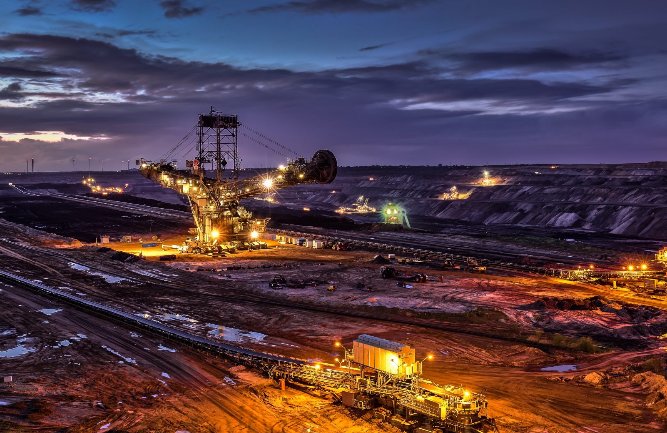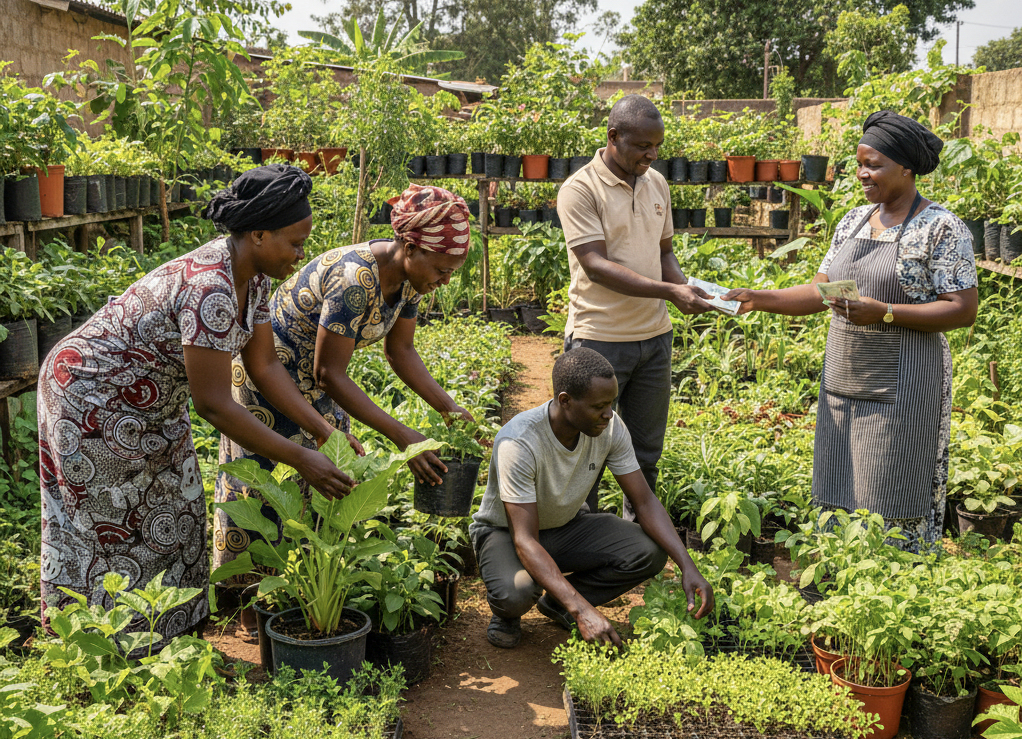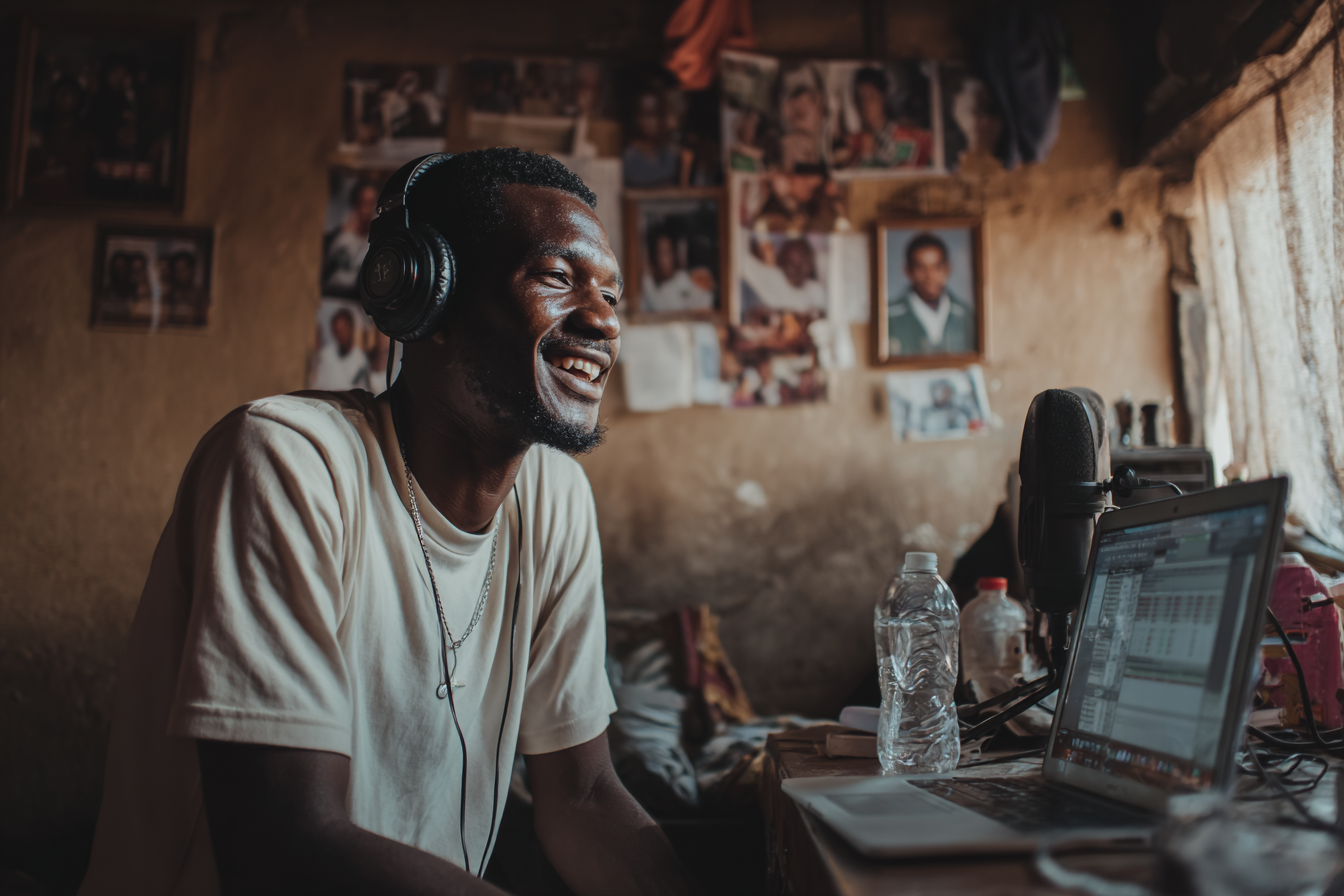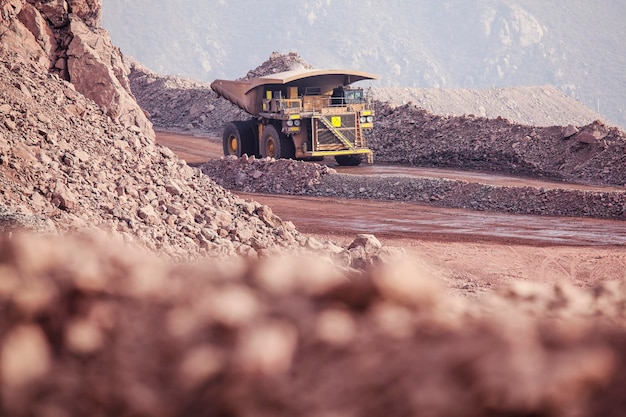We explore the intricate relationship between sustainability and mining globally, with a focus on Zambia's sector. Despite skepticism, examples from Australia, South America, and beyond illustrate the viability and benefits of responsible mining. The article examines Zambia's regulatory framework, particularly the Mines and Mineral Development Act No. 11 of 2015, as pivotal for promoting sustainable practices, and underscores the importance of balanced policies fostering economic growth, environmental preservation, and social equity, envisioning mining aligned with the Sustainable Development Goals for enduring positive impacts.
Sustainable Mining Practices in Zambia
At face value, the phrase “sustainable mining” seems to be a top-five candidate for the Oxymoronic and Paradoxical Phrase of the Year award. Sustainability and mining most certainly seem to be strange bedfellows. Still, in reality, a legacy and documented case studies of the two being in symbiotic harmony exist in many parts of the world with examples such as Australia, where post-mining land regeneration is well established and enforced, or Brazil, Chile and Peru, where renewable energy solutions are being implemented to reduce mines’ carbon footprint. In several countries, artificial intelligence is being harnessed to operate autonomous equipment, thus reducing risks of employee injuries and enhancing efficiency and equipment longevity. This then begs the question, is sustainable mining being practised in Zambia?
What is Responsible Mining?
Encore Energy aptly defines sustainable or responsible mining as actions of mining companies that aim to minimise their operations’ negative social and environmental impacts while still maximising economic benefits. This includes reducing pollution, minimising waste, and ensuring that local communities benefit from the mine’s presence. Responsible (sustainable) mining generally relates to environmental impact, fair division of economic and financial benefits, stakeholder engagement, compliance with both domestic and global minimum standards, employment, and social responsibility.

Navigating Zambia's Mining Landscape
Currently, the stand-alone policy to govern sustainable mining in Zambia, The Mines and Mineral Development Act No. 11 of 2015, is the only compulsion for mines to stay the course of sustainable and responsible mining. The absence of an explicit “do-the-right-thing-or-else” legislation means that Zambia currently experiences incidents of the good, the bad, and the ugly in the sector.
When well executed, a fully dedicated and more nuanced sustainable mining policy would present a win-win scenario of grand proportions. Inherent in a good sustainable mining programme are concerted actions that ensure the economic, environmental, and social elements are weighted equally for the programme’s longevity. This is easier said than done. A quick sweep across mining companies doing business in Zambia shows a heartening commitment to responsible mining, and there are, gratefully, shining lights resulting from these efforts.
Championing Sustainability
Stellar stand-out activities amongst mining companies operating in North Western Province include schools being funded by mines to equip young learners better and prepare them for life, grants for small-scale farmers to be able to scale up through cost-effective, organic agriculture techniques in tracts of land cleared by the mining company to jumpstart economic activity within their locality in addition to the incentive of a guaranteed market as the mine buys all the produce from the farmers. Additionally, the overt respect for wildlife with a zero-compromise stance on animals enjoying the right of way on all mine roads and dedicated animal relocation teams who return various species to undisturbed habitats so that the animals can survive and thrive. It is the strides taken to only cut down trees when it is absolutely necessary, all in an effort to combat deforestation and preserve indigenous flora.
Zambia's Mining Legacy
A clear and evident position is that sustainable mining was once done to world-class standards in Zambia from 1973 to 1997. This was the ‘copper’ age of the Zambia Consolidated Copper Mines (ZCCM). This massive conglomerate held the mandate to be the sole custodian of all the mines that had been nationalised to give Zambians tangible benefits from being bestowed with immense mineral wealth. It was an optimal time to reside on the Copperbelt.
ZCCM provided quality education through trust schools in all mining towns, with education scholarships to universities both in Zambia and abroad. Quality healthcare was accessible through well-equipped and staffed hospitals in all mining towns. Social welfare through women and youth community initiatives allowed entire communities to benefit from the presence of mines in their towns. ZCCM also prided itself on providing multi-discipline, world-class sports facilities, thus nurturing talent and becoming the front-runner in professional sports through sponsored teams and facilities. Through their maintenance division, the ZCCM kept mining towns in prime condition by maintaining roads and infrastructure.
With the unbundling and privatisation of ZCCM came a new wave of changes. Whilst sustainable mining was the mainstay of the ZCCM, for the new private owners, it was more of an essential compromise, evidenced by the drastic reduction in community interventions.
The Future of Zambian Mining
In a presentation during the Stanford Mineral–X Symposium, held at Stanford University in June 2023, ZCCM-IH Chief Legal Officer Lombe Mbalashi stated the following regarding sustainable mining: “Mining companies have the potential to become leading partners in achieving the Sustainable Development Goals (SDGs). Through direct operations, mining companies can generate profits, employment, and economic growth in low-income countries [like Zambia]. Partnerships with communities, government, and civil society can help ensure that the benefits of mining extend beyond the life of the mine itself so that the mining industry can positively impact the natural environment, climate change, and social capital. Mining companies committed to the SDGs will benefit from improved relationships with governments and communities and better access to financial resources; however, those that fail to engage meaningfully with the SDGs will put their operations at risk in the short and long term.”
The finest think tanks and technocrats have framed, developed, and proposed some truly remarkable policies and processes around sustainable mining. All that remains is genuine corporate will to implement and adhere to them. This process needs to be driven not only by legislation and aversion to punitive measures for non-compliance but also by a desire to do the right thing, even if that is the road less travelled. After all, posterity will judge us harshly if we don’t get our act right.








